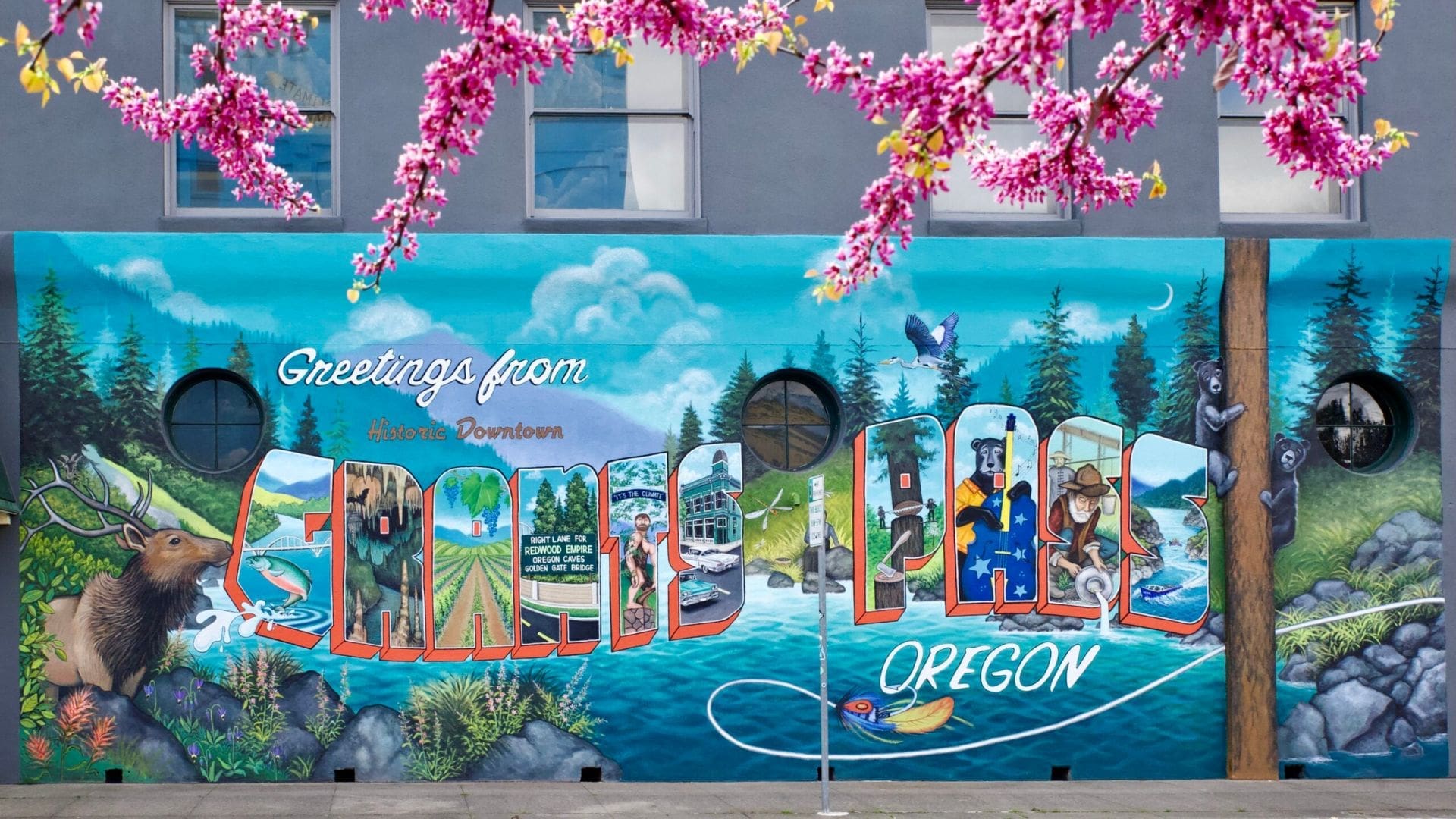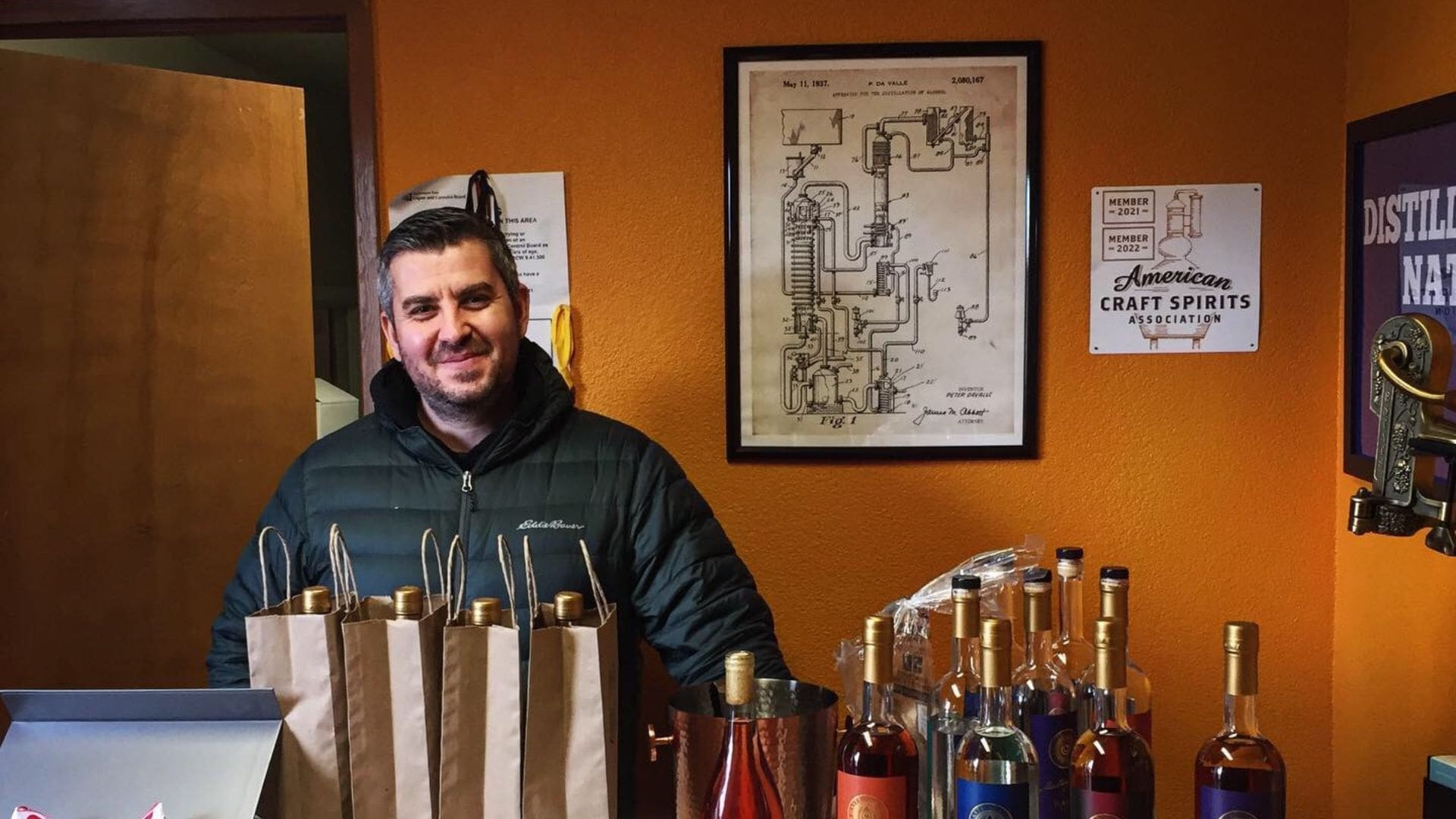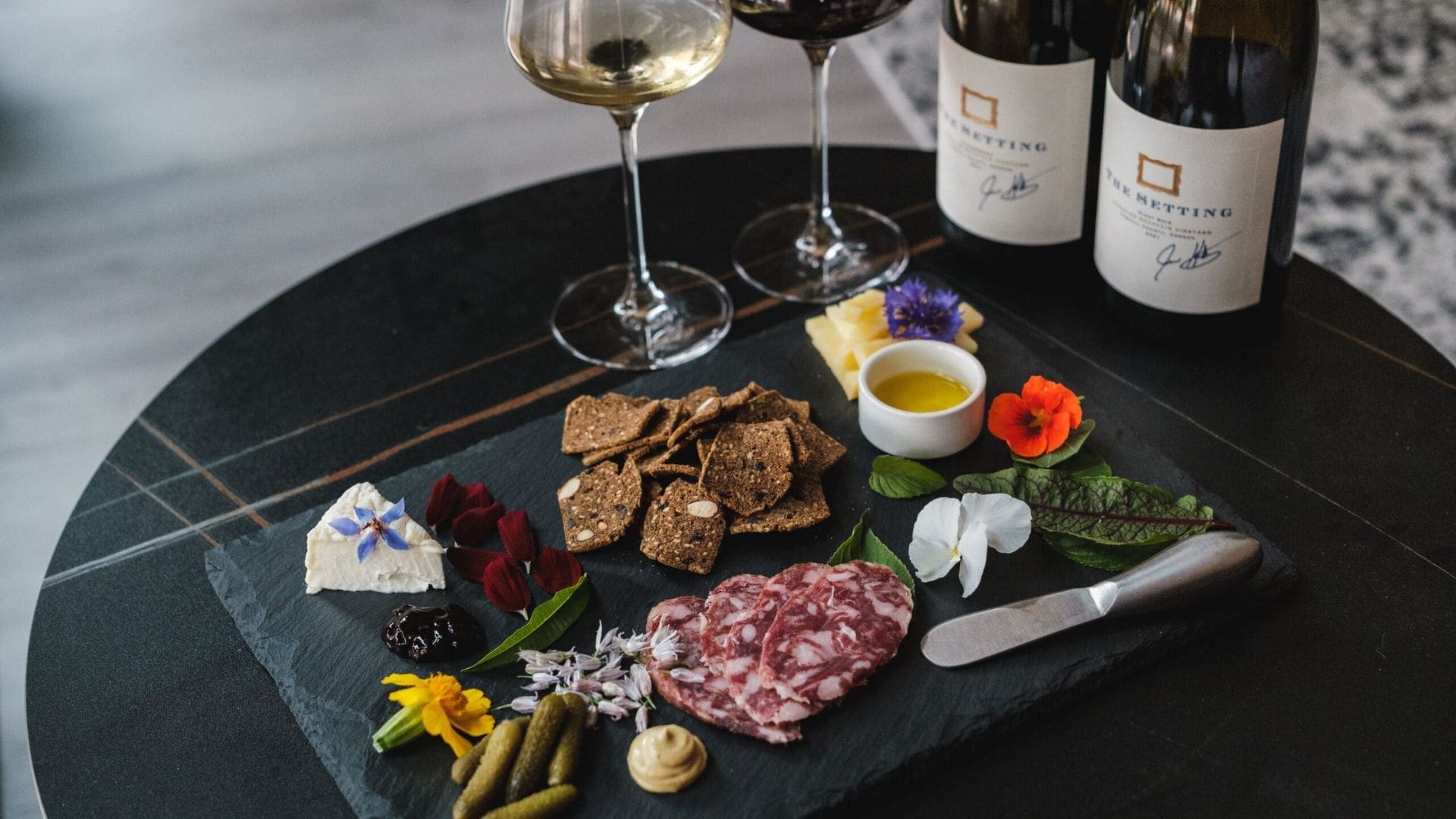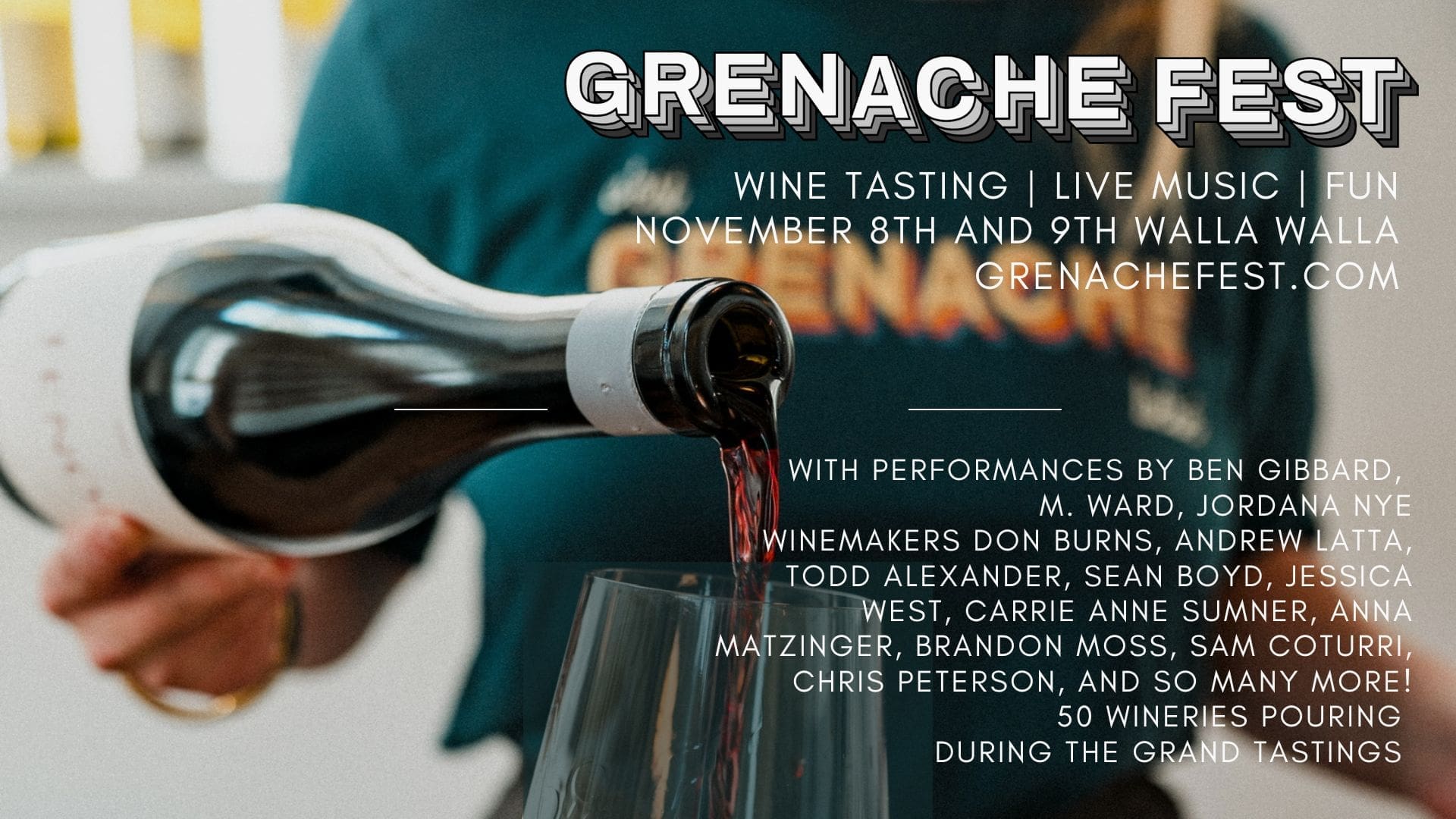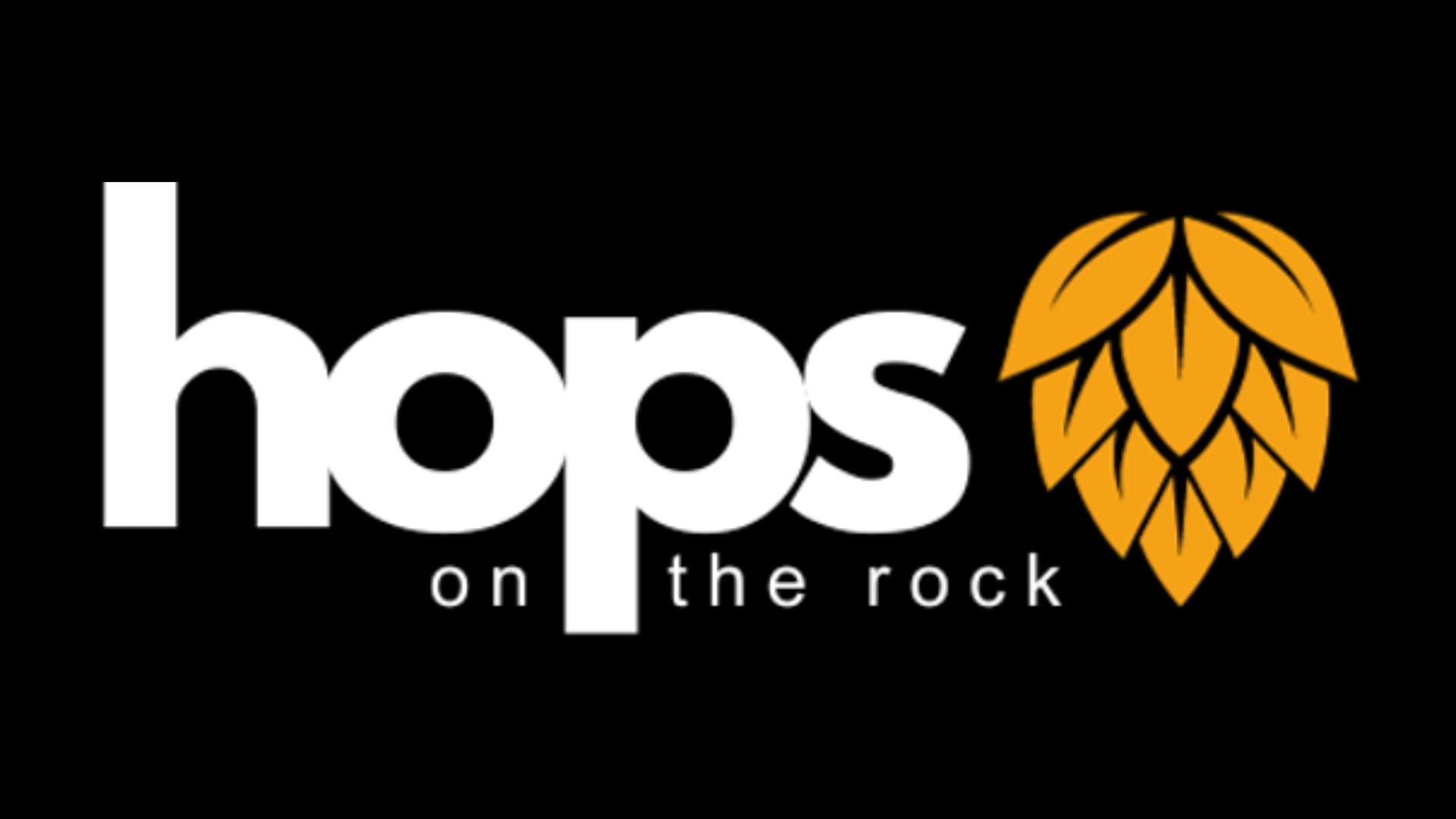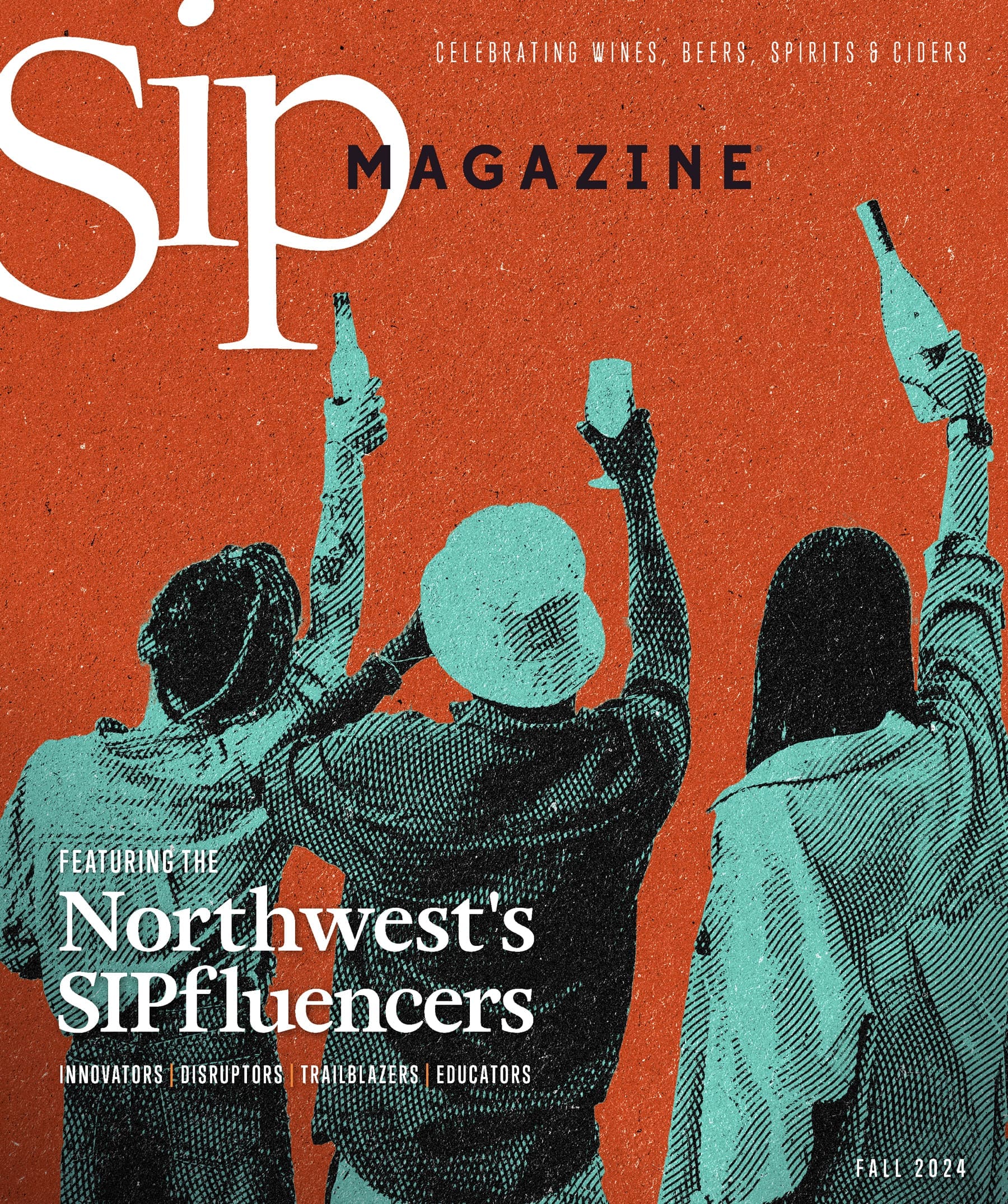Taste Washington is coming up this weekend, and while there are endless wines to taste and no way to accurately preview such an epic event, I thought I’d make a list of a few questions that I’ll be trying to answer over the course of the two-day Grand Tasting bacchanal, besides “how purple are my teeth?” Join me on this inquisitive search through Washington wine.
How did winemakers handle the heat? Both 2014 and 2015 delivered tons of sun and heat during the growing season, and managing ripeness was a concern throughout the state. In the warmer sites like Red Mountain, very early harvests have me a bit concerned that while the fruit and tannin notes will be there, they’ll be less elegant than in a more balanced vintage. That said, the ability to control ripeness through judicious applications of water means that we can better handle temperature extremes.
Where will we find the best whites? The locus of white wine production in Washington seems to be shifting a bit, away from the Yakima Valley and into a few further reaches like the Ancient Lakes and Columbia Gorge. Yet while those regions have produced exceptional wines, plantings are for the most part still quite young, which means that while they can produce bright and fresh whites, I’m not yet sure we’ll get the powerful, complex whites that older plantings can produce. Yet, with each year of vine age, we get closer to finding out.
Who is the face of the industry? We’re at an interesting point, where some of the old guard are on their way out, and the generation behind has come from a variety of different backgrounds. Some are sommeliers-turned-winemakers, others have come from a science or engineering background, and still others are second-generation winemakers. This diversity is great for the wine, but makes it a bit harder to figure out who will be the standard-bearer for the region going forward.
Where are the medium-sized wineries? Washington has a weird distribution of winery size, with several very large brands representing much of the production (and certainly much of the export market), and a whole bunch of small wineries making premium wine. Yet the middle ground remains pretty wide open, if anyone would care to claim it. It might be that the particularities of Washington mean that it’s better to make 4,000 or 400,000 cases of wine than 40,000; it also might just be a strange coincidence.
Where’s the demand? One of the best things about Taste Washington for me is that I get to talk to a whole bunch of winemakers, and the biggest question I have this year is where they see the public’s palate heading. Personally, I’m deeply enamored with our potential with Rhône varietals, particularly Syrah, Mourvèdre and Roussanne, but of course someone besides me has to want to buy those wines. Are we still driven by Cab, Merlot, and Chardonnay? Are tastes changing? I’ll have to ask, and make sure to bring some toothpaste.


